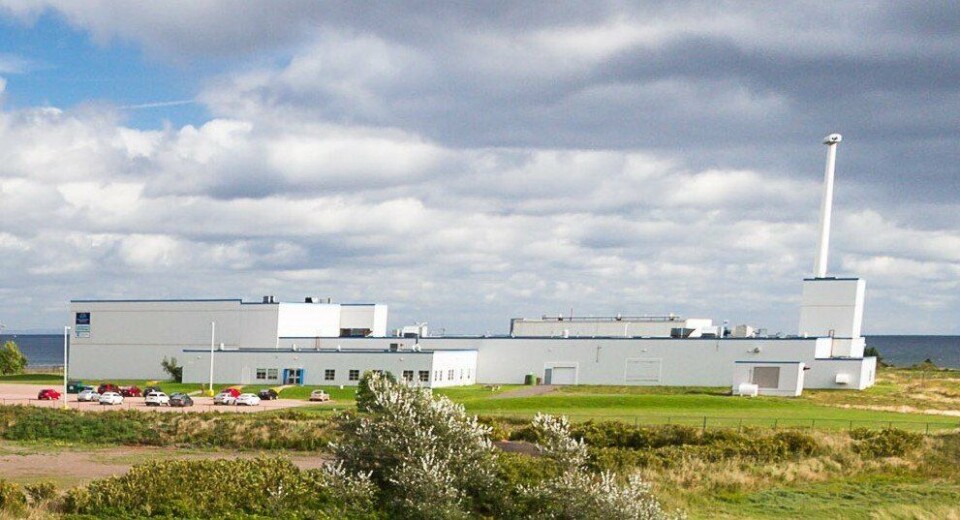
AquaBounty teams up to ensure salmon sterility
Transgenic salmon producer AquaBounty has signed a licensing and research agreement with the Center for Aquaculture Technologies (CAT) to employ CAT’s patented sterility technology for use in products developed by AquaBounty.
The companies are co-funding CAT’s research using gene editing to produce a sterile finfish for use in aquaculture. CAT will hold the patents and AquaBounty will receive a non-exclusive, royalty-free, licence to those patents and the technology. The development work will be performed at CAT’s facility in San Diego.
Dr John Buchanan, chief executive of CAT and a former R&D director at AquaBounty, said in a press release: “We are delighted to work with AquaBounty to develop this technology and realise its potential in aquaculture.”

Many benefits
AquaBounty chief executive Ronald Stotish said: “Although AquaBounty has been very successful in routinely achieving levels approaching 100% sterility using triploid induction technology, we are very pleased to be working with CAT and using their innovative gene editing approach to ensure 100% sterility genetically.
“Sterility of farmed fish has many environmental and production benefits and we believe this project has a broad range of potential applications in the industry.”
CAT is a leading aquaculture R&D company focused on improving productivity, efficiency and sustainability in the aquaculture industry.
It operates two laboratories: its research hub in San Diego, California, and the world’s only Level 3 certified pathogen containment, private aquaculture research facility located on Prince Edward Island in Canada. AquaBounty also has R&D premises at Rollo Bay on Prince Edward island and is building a 250-tonne grow-out facility there.























































